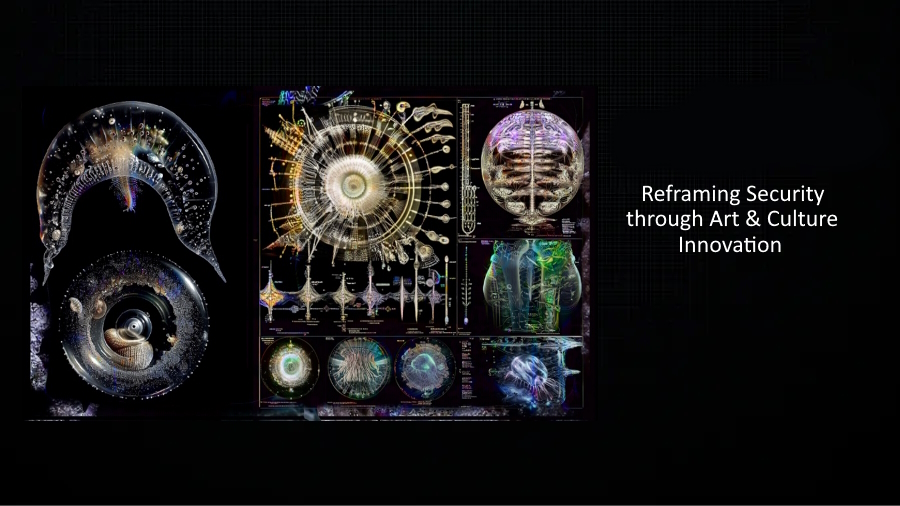Frequently Asked Questions
This page answers some of the questions we have been asked most often about the H-unique project and contributions. If you have a question that is not answered here. please contact us.

This page answers some of the questions we have been asked most often about the H-unique project and contributions. If you have a question that is not answered here. please contact us.
Images collected during the project will be used by the project team at Lancaster University to identify which features of the human hand can be used to form a unique biometric for identifying individuals. The team will also develop computer algorithms to automate the detection of hand features such as vein patterns, knuckle creases and freckles and then using the large number of images collected to study the degree of variability of each feature type across all of the participants in the study.
Absolutely not. Access to the H-unique database will only be accessible to members of the H-unique research team. A small number of images may be used for illustrative purposes in scientific journals and for public engagement activities - images will only be used from contributors who have given explicit consent for such use at the time of contributing.
No, the purpose of our research is to identify the physical features of the human hand that can be used to identify individuals whose hands appear in images. it is not possible to infer any characters traits for a particular individual.
We certainly are. We aim to have contributions from a minimum of 5000 people to really demonstrate the variability of the human hand. We will still be accepting images until December 2023.
We prefer that nail polish is removed before photographs are taken, as the fingernails may contain identifying features such as lunules (half moons). Similarly, if possible, jewellery should be removed, as it may obscure important details.
Yes absolutely, permanent decorations can form important identifying features and we will need to train computer models to automatically recognise them.
Yes, skin conditions and other clinical conditions that affect the appearance of the hand may form important identifying features so it will be important for us to be able to recognise them.
If you wish to withdraw, you may request removal of your photographs and data at any time by contacting us and quoting the unique reference number you were given at the time of submission. We will then delete your data, although it may not be possible to delete anonymous derived information if your data has already been used in research.
After a submission has been made, a minimum 'cooling off' period of two weeks will be allowed to pass before the data is made available to the research team.
Please note that if you lose your unique contribution reference number, it will be impossible for us to identify and delete your data.
We welcome contributions from everyone aged 18 or over. We are unable to accept contributions from minors for this study.
To enable us to effectively simulate ‘real-world’ image conditions we are looking for a whole range of images, so we are fairly relaxed about image quality at this initial stage. Every submission will initially be evaluated by the database manager and graded. During the project we will be introducing tools to allow contributors to review the progress of their data and if necessary they will be able to resubmit images.
Any smartphone with a web browser and a camera can be used to contribute, it is not necessary to install a specific application.
The contribution application will run on most tablets (including iPads and Android tablets), however you may encounter screen layout issues and the larger size of the tablet may make it difficult to take photographs of your own hands.
Our current application has been designed with smartphone use in mind, as this is the most convenient way for most people to take photos of their hands and contribute. We will shortly be launching a new version of the contribution application people to upload hand images already taken with a phone or digital camera using either a phone or computer browser.
Depending on the model of phone you are using, photo data can be quite large in size and may place a strain on device resources, we recommend that you stop all other applications on your phone to reduce memory pressure from other applications. if you still encounter issues, please contact us and we will attempt to help resolve the issue or arrange another method for you to contribute.